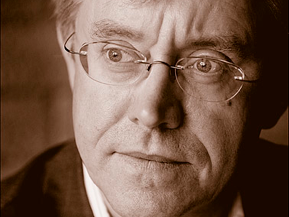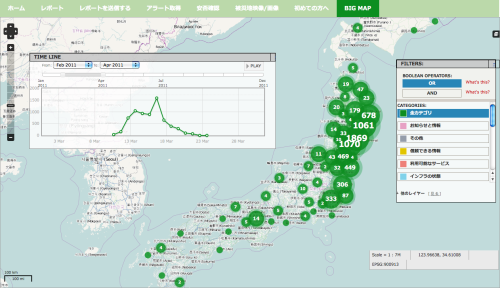 Global Governance of the Internet: Intergovernmentalism, multistakeholderism, and networks
Global Governance of the Internet: Intergovernmentalism, multistakeholderism, and networks
International Workshop
17-18 May 2013, Geneva, Switzerland
PDF: 2013-03-16 GigaNet 17-18 May Geneva
· What are the long-term implications of the failure of the WCIT? Is talk of an Internet “Cold War” relevant, or misleading?
· How can we assess the role of intergovernmental organizations in Internet governance?
· How can cooperation between intergovernmental organizations and NGOs be structured?
· What are the potential and limitations of multistakeholder models of governance?
· What role do non-hierarchical networks currently play in global Internet governance, and should that role be increased or diminished?
· What is the relevance of sovereignty and jurisdiction when the Internet creates cross-border harm?






